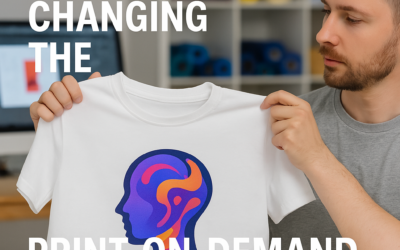Building Relationships Through Community Engagement
In today’s interconnected world, building strong relationships within communities is more important than ever. Community engagement is a powerful strategy to foster collaboration, trust, and mutual understanding among diverse groups. This article explains why community engagement matters, shares effective strategies, and highlights real-world success stories that small businesses and local leaders can draw inspiration from.
Why Community Engagement Matters
Community engagement involves working collaboratively with local groups to address issues affecting their well-being. It plays a vital role in creating strong, resilient communities by:
- Enhancing Social Capital: Fostering connections and networks builds the social capital essential to community resilience and development.
- Empowering Individuals: Involving community members in decision-making empowers them to take ownership of their environment and future.
- Improving Public Services: When residents help shape community services, outcomes are better tailored to meet local needs.
Effective Strategies for Community Engagement
Successful community engagement requires thoughtful planning and ongoing effort. Here are some tried-and-true strategies to help you build meaningful relationships:
1. Set Clear Objectives
Before launching any community initiative, define clear, achievable goals. Knowing what you want to accomplish will guide your actions and ensure that your efforts directly address community needs.
2. Foster Open Communication
Transparent communication is the cornerstone of any engagement effort. Encourage open dialogue by using:
- Regular meetings and community forums
- Social media platforms for real-time updates
- Newsletters and local bulletins
3. Build Trust and Credibility
Trust is essential for long-lasting relationships. Build credibility by:
- Keeping your promises
- Maintaining consistency and reliability
- Respecting and valuing diverse perspectives
4. Encourage Participation and Inclusivity
Make sure every community member has the chance to contribute. Remove barriers by:
- Creating multiple channels for involvement
- Actively inviting participation from underrepresented groups
- Ensuring accessibility in meetings and events
Success Stories in Community Engagement
Case Study: Participatory Budgeting in Porto Alegre, Brazil
The participatory budgeting initiative in Porto Alegre is a stellar example of effective community engagement. Involving citizens directly in budget decisions not only improved transparency but also led to more equitable distribution of resources.
Case Study: The Harlem Children’s Zone, USA
The Harlem Children’s Zone is a comprehensive community initiative that tackles education, health, and social challenges head-on. By engaging local residents and organizations, the program has boosted educational outcomes and reduced poverty in the neighborhood, demonstrating the transformative power of community collaboration.
Conclusion: Embrace the Power of Community Engagement
Building lasting relationships through community engagement is a proven method for creating positive change. By setting clear objectives, embracing open communication, building trust, and promoting inclusivity, communities can collaboratively overcome challenges and reach shared goals.
For small businesses and community leaders, these strategies offer a roadmap to creating stronger, more resilient communities. Remember, genuine collaboration and a commitment to understanding every member’s needs are the keys to long-term success. Together, we can build a more connected and empowered society.



